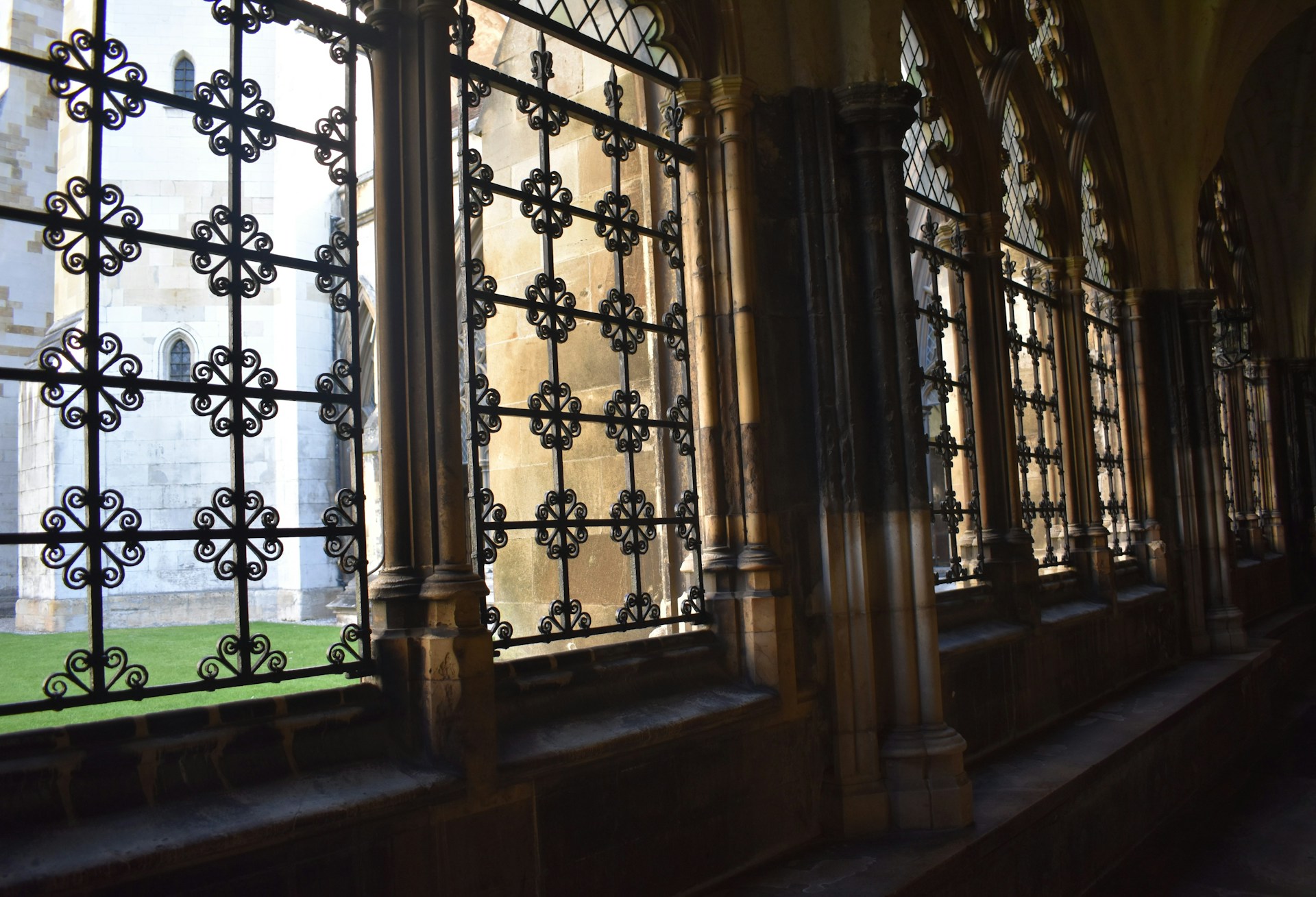When planning renovations or development work on a historic building or site, it’s essential to consider its heritage value. This is where a Heritage Impact Statement (often part of a broader Heritage Impact Assessment) comes in. But what exactly is it, and why do you need one?
This blog breaks down the key aspects of a Heritage Impact Statement, including its purpose, content, legal background, and practical applications—like renovating a flat in a listed building.
So, let’s dive in. What is a heritage statement? A heritage statement is used when you’re planning to complete developments that could affect a heritage asset. The statement is required to justify any impacts on the value or significance of the heritage asset and its surroundings.
Planning work on a listed building or historic site? Discover how a Heritage Impact Statement protects heritage value and supports planning approval and listed building applications. From legal requirements to examples like flat renovations, this guide covers it all. Read on for expert tips and insights.
What Is a Heritage Statement?
A Heritage Statement is a document that outlines the historical and architectural significance of a building, structure, or site. It identifies the key features that contribute to its heritage value and explains how proposed changes might affect these features.
In many cases, a Heritage Impact Statement is a more detailed version that forms part of a Heritage Impact Assessment (HIA). It assesses both the significance of the heritage asset and the potential impact of proposed changes.
Why Do You Need a Heritage Impact Assessment?
Under the National Planning Policy Framework (NPPF), local authorities must ensure that proposed works to heritage assets preserve their significance. If you plan to make changes to a listed building, a site within a conservation area, or another historic place, a Heritage Impact Assessment is often required as part of your planning application.
When Do You Need a Heritage Impact Assessment?
We’d recommend getting a heritage impact assessment completed when:
- Altering or extending a listed building (e.g., flat renovation).
- Development near a scheduled monument or conservation area.
- Works affecting World Heritage Sites or locally listed heritage assets.
- Demolition or significant alterations to historic buildings.

What Should You Include in Your Historic Building Impact Assessment?
A well-prepared Heritage Impact Statement should cover:
- Description of the Heritage Asset
- Include its historical background and architectural details.
- Highlight the features that make it significant (e.g., period details, craftsmanship).
- Proposed Works
- Detail the changes you plan to make, such as adding modern fixtures or structural adjustments.
- Assessment of Impact
- Analyse how the proposed works could affect the heritage asset’s significance, positively or negatively.
- Mitigation Measures
- Suggest ways to minimise harm (e.g., retaining original materials, using sympathetic design techniques).
- Supporting Evidence
- Attach photographs, architectural drawings, and references to historical documents.
Example: Flat Renovation in a Listed Building
Renovating a flat in a listed building often involves sensitive modifications. For instance, you might wish to replace windows or update interiors. A Heritage Impact Assessment would evaluate:
- The significance of the building’s original features (e.g., sash windows, cornices).
- How your changes align with preservation principles.
- Mitigation strategies, like restoring damaged elements instead of replacing them.
A Two-Part Process
Creating a Heritage Impact Statement involves two key steps:
- Researching Heritage Significance
- Use resources like Historic England’s Listing database and local archives.
- Refer to guidance from RICS (Royal Institution of Chartered Surveyors).
- Assessing the Impact of Proposed Changes
- Apply standards from the NPPF, which emphasizes conserving heritage assets for future generations.
- Consult local planning policies and national guidance for compliance.
Can I Write the Heritage Assessment Myself?
While it is possible to draft your own Heritage Impact Statement, the process requires expertise in heritage conservation and planning regulations. Mistakes or omissions could delay your application or lead to costly revisions.
Enlisting professionals like Fourth Wall Building Consultancy ensures your statement meets local and national standards, increasing the likelihood of planning approval.
How Much Does a Heritage Statement Cost?
Costs vary depending on the complexity of the project, the heritage asset’s significance, and the level of detail required. On average:
A basic Heritage Statement: £500–£1,500.
Comprehensive assessments for larger projects: upwards of £2,500.
At Fourth Wall Building Consultancy, we provide tailored quotes based on your project’s needs.
Where Do You Find the Information You Need For A Heritage Impact Statement?
Key resources include:
- Historic England for listings and advice.
- Local authority archives for planning policies and historical records.
- National Archives for maps, photographs, and other documentation.
- RICS Heritage Guidance for professional standards.
How Fourth Wall Building Consultancy Can Help
At Fourth Wall, we specialize in preparing comprehensive Heritage Impact Assessments. From initial site visits to in-depth research and report preparation, our experts ensure your planning or listed building consent application is well-supported and compliant. Our heritage expert surveyors have experience working on a range of grade listed, UNESCO and conservation areas across the country including Buckingham Palace, St James Palace, Eton College and Royal Albert Dock.
Preparing a Heritage Impact Statement doesn’t have to be daunting. By understanding its components, legal background, and the resources available, you’ll be well on your way to preserving the character of your heritage asset while achieving your development goals. Contact Fourth Wall Building Consultancy today for expert advice and support!
If you’d like to chat to our expert team, give us a call on 0114 400 0254 or email reimagine@fourthwallbc.com
Frequently Asked Questions
Do I need a Heritage Impact Statement for minor changes?
Even small alterations may require a statement if they affect the building’s historic fabric or setting. Always check with your local planning authority.
How long does it take to prepare a Heritage Statement?
The timeline depends on the project’s complexity. Simple statements can be completed in a few weeks, while complex assessments may take longer.
Can I use the same statement for multiple applications?
Each application is unique. While some information may overlap, tailored assessments are usually necessary.
What happens if my statement is rejected?
If local authorities request revisions, our team at Fourth Wall can help refine your statement to meet requirements.




